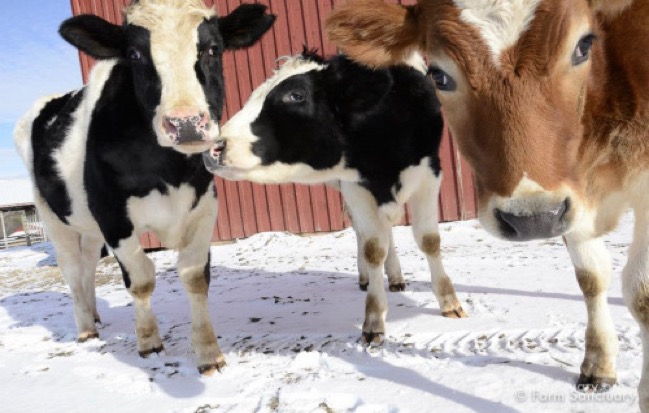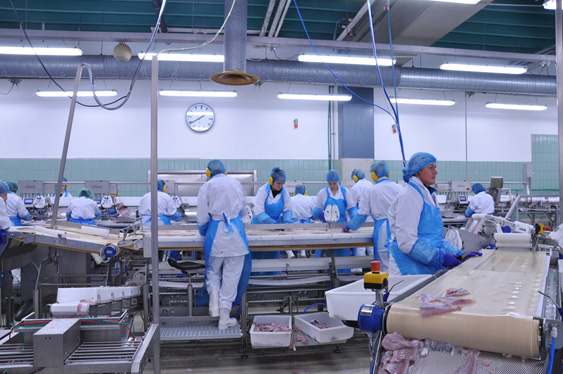The fastest growing food sector at this time is aquaculture, with the growing world population demanding protein resulting in the importance of fish, molluscs and crustaceans. As with other forms of food production there is a real need for tight biosecurity to ensure that the product that reaches the plate is sustainable, clean, healthy and hygienic. Intensification of aquaculture processes and production can cause potential problems, so it is important to have access to marine health and hygiene products that will minimise the risks involved and ensure that all production processes and products are delivered to the highest standards of health and safety at all times.
Disease within the aquaculture sector in the UK can cost millions of pounds, and it is therefore vital that all disease outbreaks are fully comprehended as a possibility and are mitigated. Good biosecurity is the process and framework to be implemented to be effective in this approach.
Before formulating and implementing a biosecurity plan for the aquaculture industry it is first important to understand the risks of disease that are faced, the logistical challenges for different settings and locations, and the health of the fish and marine life currently.
Water – The first thing to consider is the water. Water can become contaminated with the faeces, urine, mucus, and other fluids of diseased fish. Biosecurity as far as water is concerned relates to regular filtration of the water, disinfection and cleaning. The water should be pathogen free and from uncontaminated sources, or at least treated prior to use. Ensure that there are processes in place to limit the possibility of infection from nearby wildlife.
Visitor and Animal Contact – Always have in place a clear and effective way to log all visitors to the farm. On top of this ensure that all visitors wear the appropriate protective clothing that has been cleaned and disinfected on a regular basis. Provide footbaths to prevent infected materials from being transported throughout the farm.

Monitoring of Equipment & Vehicles – Contamination and disease can spread very quickly through the use of unmanaged vehicles and equipment. Ensure there is clear separation of use of equipment and machinery for different sections of the operation, with separated vehicles routes and disinfection processes also in place. Vehicular use should be kept to a bare minimum.
Introduction of New Fish – Prior to a new batch of fish being introduced to the farm ensure that all tanks and ponds are fully disinfected and cleaned. This involves removing all clear debris, washing and rinsing with soap and water, disinfecting, rinsing and allowing to dry. Use professional disinfectants and cleaning products provided by reputable suppliers who understand the industry.
Feed – Feed that has been treated to remove bacterial, parasitic or viral pathogens can be a safer route to go down. A plan for feed should be looked at in much the same way as when introducing new fish.
Biosecurity is important within aquaculture, but through careful planning and implementation it is achievable. Work with disinfectant suppliers that understand the industry and you’ll have access to the tools to implement biosecurity to a high standard.


Comments are closed.